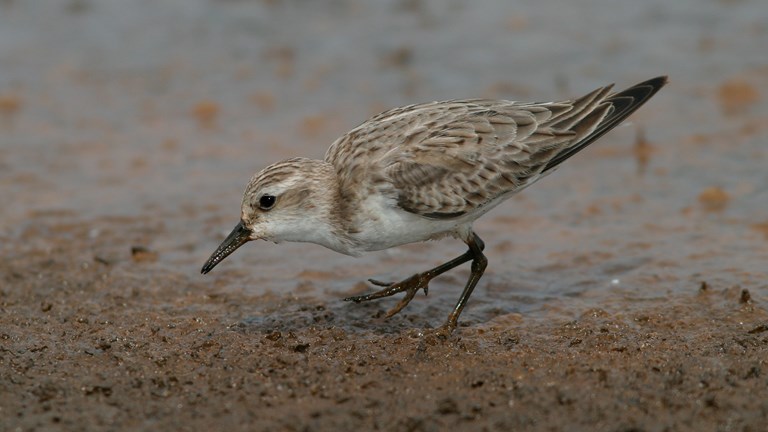
Red-necked Stint
Calidris ruficollis
Limosa lapponica
Migratory birds are at risk at any stage of their migration. The Agreement on the Conservation of African–Eurasian Migratory Waterbirds (AEWA) seeks to coordinate international efforts to protect migrating birds and their habitats. Bar-tailed Godwits are included on their list of target species. They are at risk of wetland degradation across their range, as well as disruption to their arctic breeding grounds from climate change.
Bar-tailed Godwits
Bar-tailed Godwits are found across both hemispheres from Alaska and China to Australia and New Zealand. In Australia, they are primarily found in the north, inhabiting coastal mudflats, shorelines, estuaries, beaches and mangrove swamps.
Bar-tailed Godwits are medium-sized migratory wading birds. Scientific tracking of individual birds showed that this species migrates further without stopping than any other bird. When they reach Australia, most remain in the north of the country, but some travel around the coast to Victoria.
They have features shared by many wading birds – long legs, long beaks, and subdued colouration. Bar-tailed Godwits are so named because their white tails are banded with dark markings. Their non-breeding plumage is otherwise mottled brown, with paler undersides. The red breeding plumage of the males is rarely seen in Australia, since breeding occurs in the northern hemisphere.
The long, slightly upturned bill of these birds is useful for hunting their prey in mud and shallow water. They prod their beaks repeatedly into the mud, extracting worms and other small animals. Their beaks are rubbery and flexible at the tip so they can be opened just at the end when feeding.
Bar-tailed Godwits breed in the arctic tundra of Siberia and Alaska. Both parents incubate, brood and rear the young. They leave the southern hemisphere in March and arrive in breeding grounds in June. In August they fly south again. Their amazing migratory path follows the East Asian–Australian Flyway, a route shared by about 55 wading birds. Individuals are often spotted en route in Asia.

Calidris ruficollis
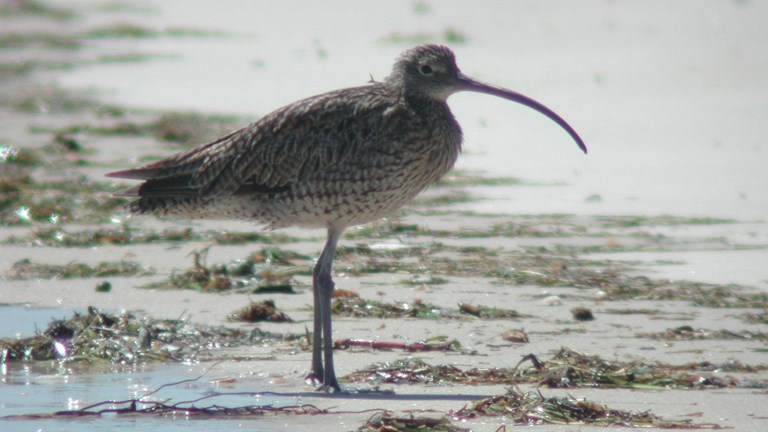
Numenius madagascariensis
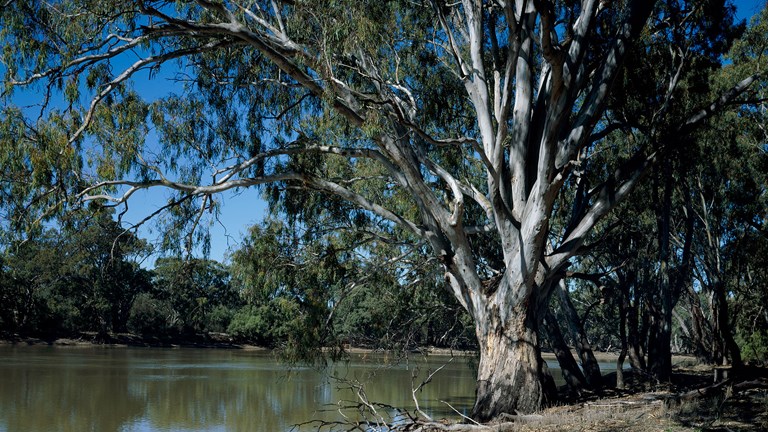
There are many types of dry forests in Victoria including stringybark, red gum, grassy woodlands and the remnants of the once great box–ironbark forests.
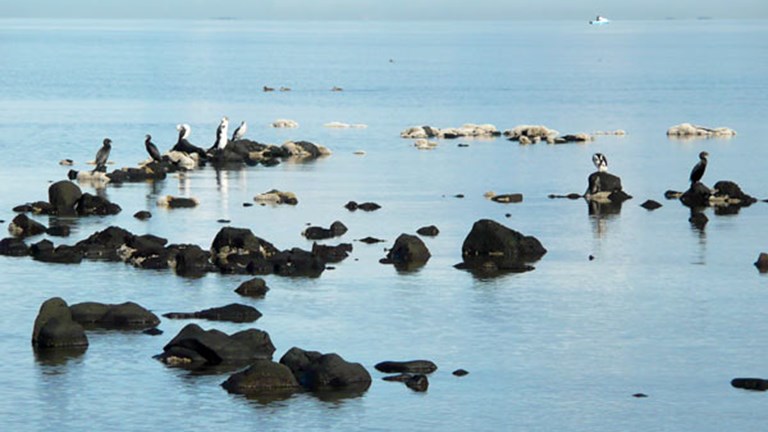
Victoria’s coastal wetlands are significant places for wildlife, with many listed in international conventions to protect the habitat of migratory birds.
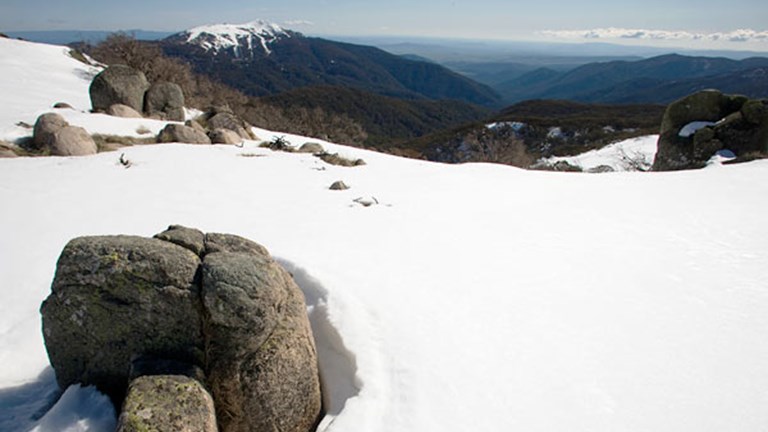
The Victorian Alps extend from the plateaus of Lake Mountain and Mt Baw Baw to peaks such as Mt Feathertop and the headwaters of the Murray River.
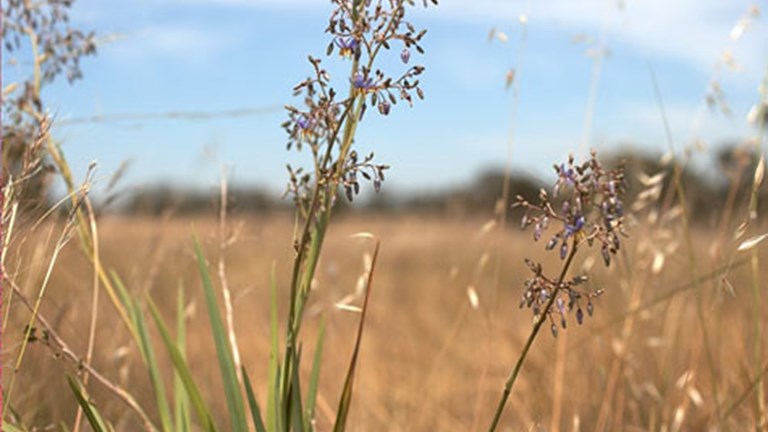
When the first Europeans arrived in Victoria there were grasslands on the vast, undulating western plains, on the northern plains and in Gippsland.
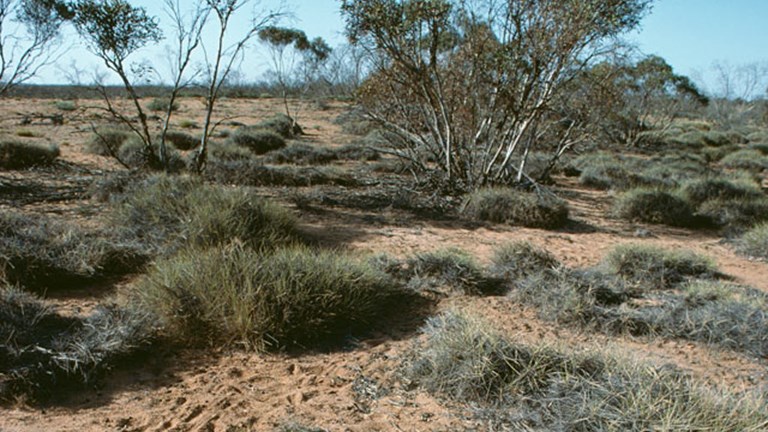
The Victorian Mallee in the north-western corner of the state has a mosaic of vegetation types adapted to low rainfall and sandy soils.
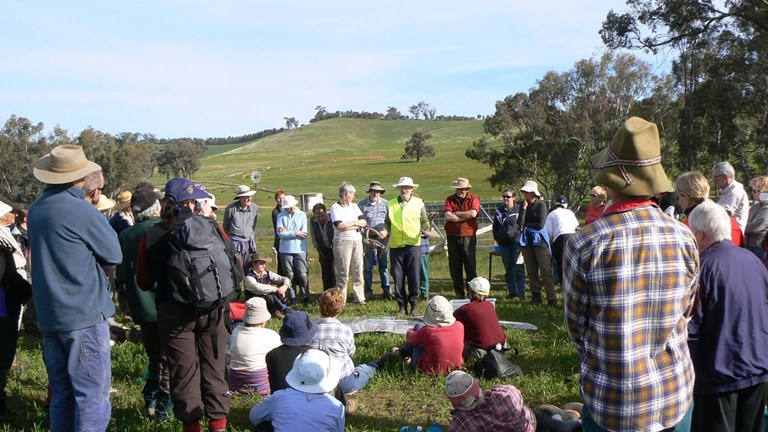
Find out about the issues affecting our special places and the plants and animals that live in them, and discover some ways you can help.
Museums Victoria acknowledges the Wurundjeri Woi Wurrung and Boon Wurrung Bunurong peoples of the eastern Kulin Nations where we work, and First Peoples across Victoria and Australia.
First Peoples are advised that this site may contain voices, images, and names of people now passed and content of cultural significance.